The History of BOC Bank
Bank of Commerce, now BOC Bank, was purchased in 2000 by the W.H. O'Brien group with the idea of leveraging the power and efficiencies of the internet to bring lower loan rates and higher deposit rates to the customer. The bank immediately programmed its own core operating system and revised its business plan to provide for technological innovation as a major framework for owning and operating the bank. The bank leveraged new technologies to provide real-time transactional postings in combination with its database management to create a new level of transparency and efficiency.
The family's banking roots began back in the early 1900s. For four generations, the O'Briens have been involved in many businesses on which the Texas Panhandle was built—farming, cattle ranching, oil and banking.
1903
Texas farmer and cattleman Will O'Brien, grandfather of William H. O'Brien, grew up in Hollis, Oklahoma. He married, bought a wagon and moved to a small homestead near Dimmitt, Texas. Four years and two children later, Will bought a ranch northwest of Hereford. It was there that he and his wife Exie had four more children. His sixth child, John George (William H. O'Brien's Dad) was only a week old when Will once again relocated his family—this time to Amarillo. These were prosperous years. Two more children were born, and Will purchased The National Bank of Commerce, as well as, some ranch land, oil property and cattle.
-
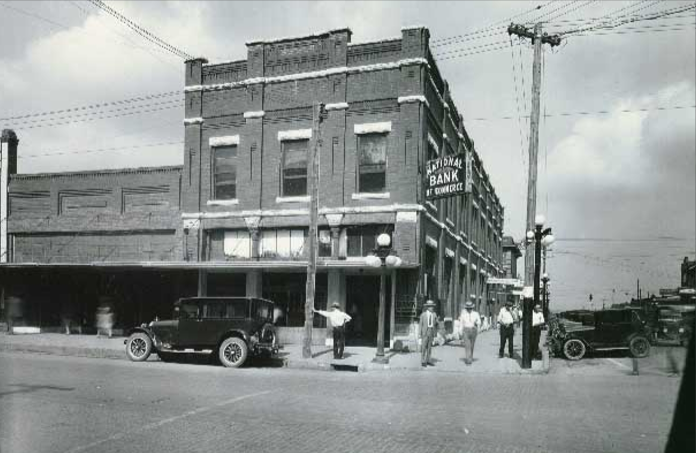 The National Bank of Commerce at 5th & Polk
The National Bank of Commerce at 5th & Polk
-
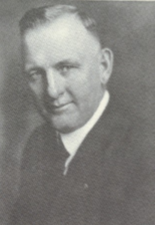 Will O'Brien
Will O'Brien
1911
Howard Paul, maternal grandfather of William H. O'Brien, opened the Paul Bank in Slaton, Texas, following his father's charter of the first bank in the Texas Panhandle—the bank located in Panhandle, Texas. Howard's brother Frank held down the fort while Howard and his father helped found the Guaranty State Bank in Amarillo in 1916. In 1919, Paul moved his family to Amarillo and purchased an interest in the bank, becoming vice president. By 1928, Howard bought out other partners in the Guaranty State Bank and gained a controlling interest and became the bank president, with his father as chairman of the board. It later became the American State Bank, and then in 1936 after receiving a Federal Charter, it became the American National Bank. Howard's daughter Mary Paul married Will O'Brien's son John connecting two Panhandle banking legacies.
-
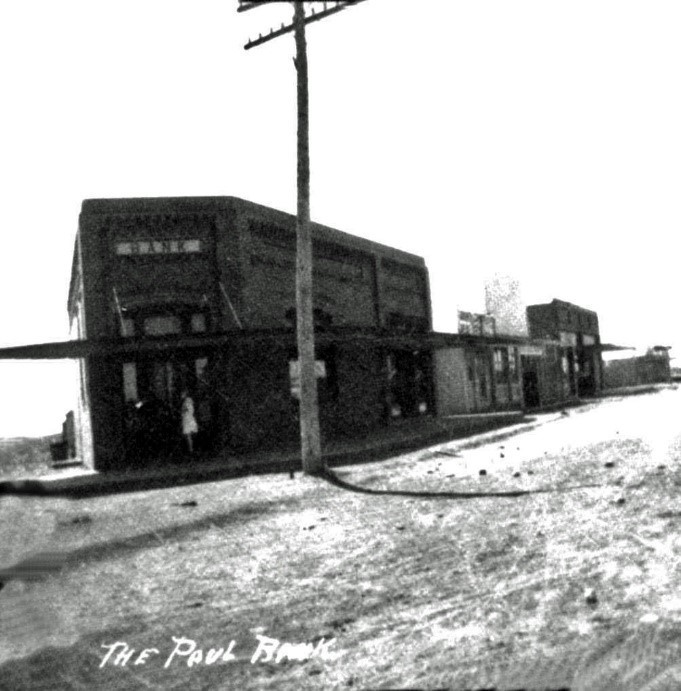 The Paul Bank in Slaton, Texas
The Paul Bank in Slaton, Texas
-
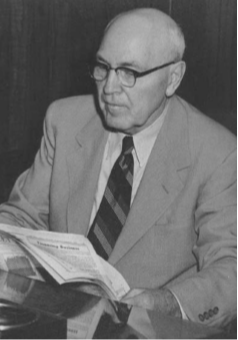 Howard Paul
Howard Paul
-
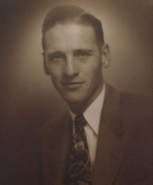 John O'Brien
John O'Brien
1920
In 1920, The National Bank of Commerce merged with City National Bank and Will O'Brien was elected chairman and then later became president. Unfortunately, the tide shifted. When the Great Depression hit in 1929, the National Bank of Commerce, like many other banks fell on tough times. By 1931, the Depression worsened and the National Bank of Commerce experienced a run on the bank and the bank went broke. Will took out a personal loan in order to pay the depositors. The Amarillo Daily News wrote: "The passing of the National Bank of Commerce is something to be regretted, but there is something mighty fine and splendid about the way it was done. It would have been mighty easy for certain folks to have got from under and have left it to sink, but instead of doing this they stood by the ship." Like most, the O'Brien's fell on hard times. Will mortgaged all he had but managed to pay off his bank notes before the banks foreclosed on his assets.
2000
W.H. O'Brien was an early adopter in the use of technology and leveraged the internet to improve his ranching and cattle feeding business. As the CEO of Texas Beef Producers, he created a cattle technology company in the early 90s. O'Brien realized the importance of real-time software to better understand a business and built a web-based, proprietary cattle management software and accounting package. There was a piece missing—the back-office settlement and clearing function for agricultural transactions. He argued for real-time electronic payment systems with electronic invoicing sent by email. W.H. O'Brien decided to add the third piece of the puzzle and purchased the Bank of Commerce in 2000 with the idea of developing a core software system to use technology for real-time transactional processing. The sophisticated programming tools and core software allowed customers to log in over the internet and see changes to their account in real-time as opposed to a ledger balance. This provided the foundation for customers to utilize the digital payment and receipt systems that are the hallmark of the bank today. It also provided the foundation for building "smart contracts" to govern commercial transactions including the step-by-step performance of the contracts directed by BOC Bank's specialized software.
-
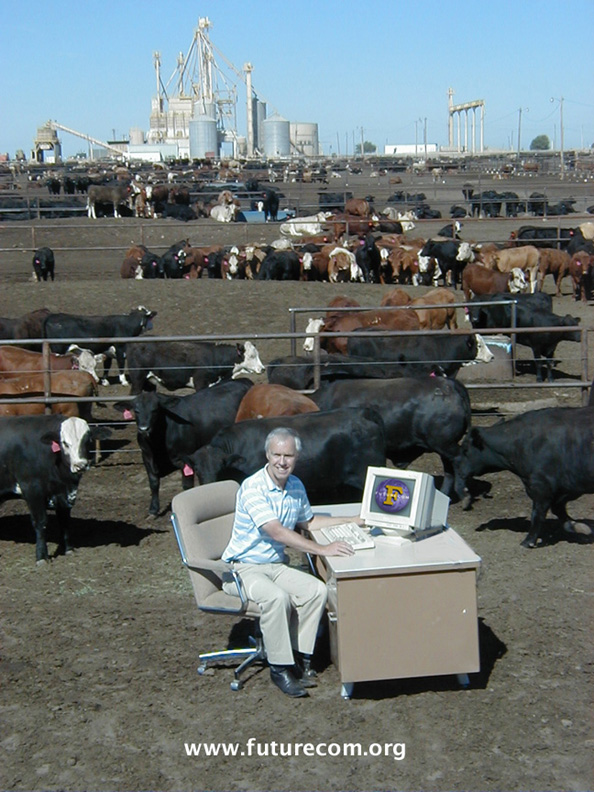 W.H. O'Brien - CEO of the Texas Beef Producers
W.H. O'Brien - CEO of the Texas Beef Producers
2010
Alex O'Brien stepped into the role of President and CEO of BOC Bank in 2010. O'Brien came from a unique background in the world of tennis. Alex O'Brien graduated from Stanford University in 1992 with a BA in American Studies. While at Stanford, he excelled at tennis, capturing the triple crown of college tennis—the 1992 team, individual singles and doubles championships. He transitioned into a professional career in tennis in which he achieved a world ranking of #30 in singles and #1 world ranking in doubles. He competed on 5 U.S. Davis Cup teams and represented the US in the 2000 Sydney, Australia Olympics.
After tennis, O'Brien joined the BOC Bank - originally Bank of Commerce - as a board member and original owner in 2000. His interest in the potential for a banking career was rooted in family history and a passion for banking. To provide an educational background for banking, O'Brien attended the UCLA Management and Development for Entrepreneurs as well as Texas Tech Rawls School of Banking and Southwestern Graduate School of Banking. Subsequently, O'Brien stepped into the role of Bank President and CEO in 2008.
Today, BOC Bank offers many services including no monthly charge deposit accounts, proprietary Pay a Friend money transfer service, mobile check deposit, and a commercial loan application center with a proprietary document upload and eSign software. BOC Bank also offers Home Mortgages, Commercial Loans, Consumer Loans and Agricultural Loans and continues to push to develop new cutting-edge technologies to help its customers.
Alex O'Brien recognized the importance of real-time systems and core software that could offer transparent banking to customers with lower overhead. BOC Banking has moved from legacy bricks and mortar to online access from any device. Digital commerce in banking translates into better rates for customers. O'Brien believes that for too long cash payments have failed to match the speed of delivery of the products. The modern bank will depend on technology to deliver basic services using improved tools for payments and collections and provide pathways for all your personal financial needs. These services will be delivered with better rates for borrowers and depositors and will define our bank for the future.
-
 Alex O'Brien - President & CEO
Alex O'Brien - President & CEO